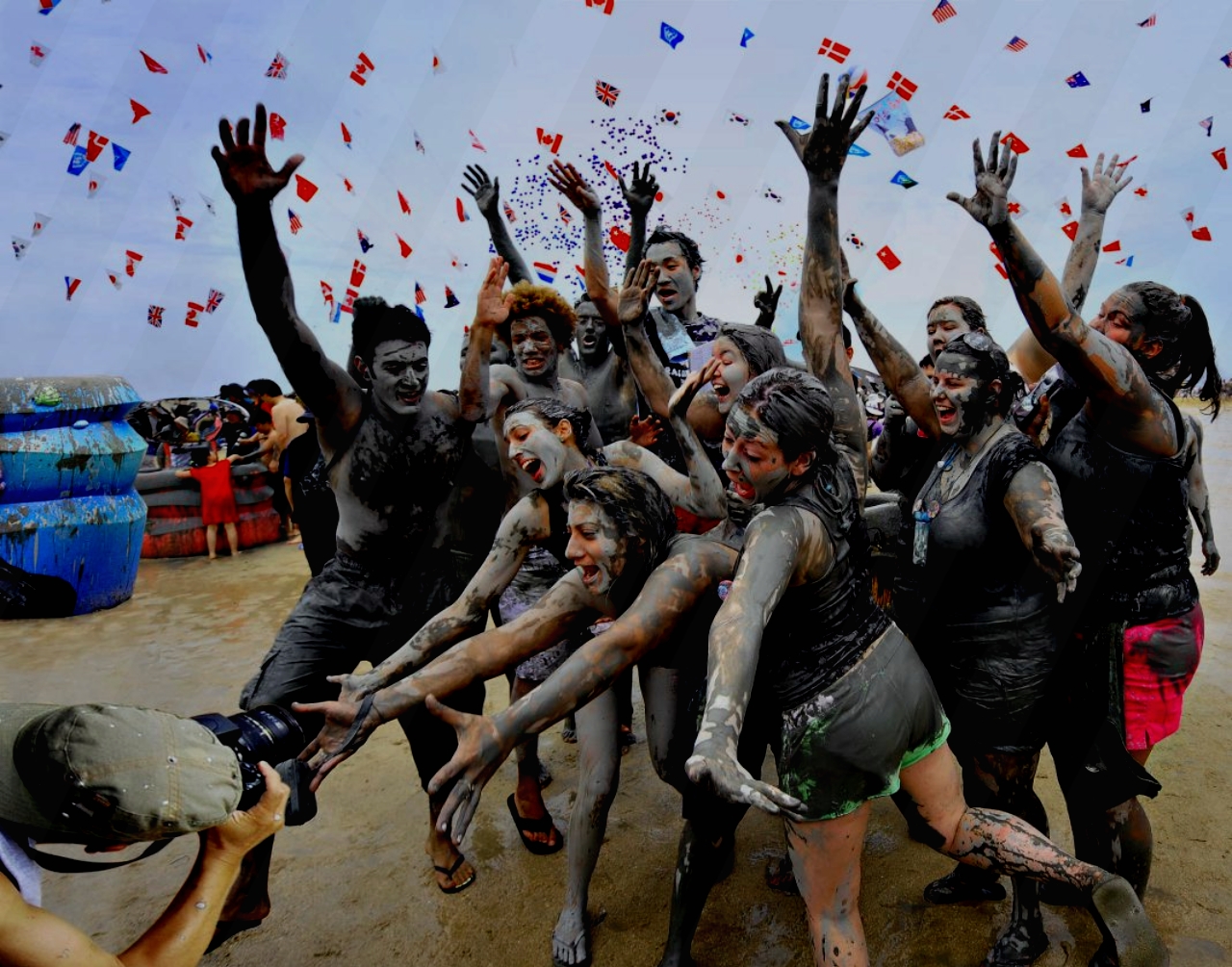Dreams are mysterious phenomena that unfold in our minds during sleep, blending images and narratives that can range from amusing to romantic, and occasionally downright terrifying. Although most dreams slip from memory upon waking—up to 95% of them—the average person experiences between three to six dreams per night, each lasting from five to twenty minutes.
Despite their ephemeral nature, some dreams leave lasting impressions. In rare instances, dreams have sparked profound inspiration, giving rise to remarkable creations. Take, for instance, the Beatles’ classic song “Yesterday,” whose melody famously came to Paul McCartney in a dream. Upon waking with an unfamiliar tune lingering, McCartney promptly composed its chords on the piano, birthing one of the band’s most iconic tunes.
Similarly, Edgar Allan Poe drew from the haunting nightmares that plagued him throughout his life to fuel his poetry and stories, infusing them with a unique blend of darkness and imagination.
Beyond individual creations, dreams have also served as fertile ground for the inception of entire books and movies. Below, we explore ten notable examples of such inspirations…
1. Mary Shelley’s Frankenstein
In 1816, Mary Godwin and her fiancé, Percy Shelley, were guests at Lord Byron’s estate in Switzerland. During stormy nights, Byron, a renowned poet, entertained his guests by reading ghost stories aloud. One particular evening, Byron proposed a challenge: each guest should endeavor to write their own horror tale.
Mary later recounted her experience: “When I laid my head upon my pillow, I did not sleep, nor could I be said to think… I saw – with closed eyes, but vivid mental vision – I saw the pale student of unhallowed arts kneeling beside the creature he had assembled. I saw the hideous phantom of a man stretched out, and then, by the operation of some powerful engine, show signs of life, and stir with an uneasy, half-vital motion.” In elaborate detail, she described the haunting dream that gripped her that fateful night – the dream that would ultimately inspire her groundbreaking novel, Frankenstein.
2. Stephenie Meyer’s Twilight
Twilight unfolds the tale of a contemporary love triangle involving a vampire, a werewolf, and a human. The genesis of this narrative came to author Stephenie Meyer in a dream. Reflecting on her inspiration, Meyer described it as “two people in a small circular meadow bathed in bright sunlight. One was a dazzling, sparkly boy, and the other a normal human girl. They were engaged in a conversation where the vampire boy expressed his conflicting emotions—his deep care for her alongside his dangerous instincts to harm her.”
Before achieving fame as a best-selling author, Meyer was a stay-at-home mother and an avid reader, but she had never ventured into writing. Initially, she documented her dream simply to preserve its memory, never imagining it would evolve into a full-fledged novel. However, after facing nine rejections, Meyer’s dream eventually transformed into the globally renowned Twilight series of books and movies.
3. James Cameron’s Terminator
The 1984 blockbuster film, The Terminator, catapulted Arnold Schwarzenegger into stardom, portraying a futuristic cyborg dispatched to the past to eliminate a woman whose unborn son threatens a future dominated by machines.
Director and writer James Cameron found inspiration for this iconic sci-fi thriller under unusual circumstances. While battling a severe flu and grappling with a high fever at a hotel in Rome during his work on Piranha II: The Spawning, Cameron experienced vivid nightmares. One particularly haunting image from his fever-induced dreams involved a chrome torso emerging from an explosion, propelling itself across the floor with kitchen knives.
Reflecting on the genesis of Terminator, Cameron recalled, “I was sick at the time. I had a high fever. I was just lying on the bed thinking and came up with all this bizarre imagery… I think also had the idea that because I was in a foreign city by myself and I felt very dissociated from humanity in general, it was very easy to project myself into these two characters from the future who were out of sync, out of time, out of place.” This surreal experience served as the fertile ground from which Cameron’s dystopian vision of man versus machine emerged, reshaping the landscape of science fiction cinema forever.
4. E.B. White’s Stuart Little
The enchanting tale of Stuart Little, a mouse who became part of a human family in New York City, sprang from a dream that E.B. White had in the 1920s. Despite dreaming up the idea decades earlier, White only transformed it into a novel in 1945.
During a train journey, White was struck by a dream featuring a small boy who bore a striking resemblance to a mouse in both appearance and behavior. Intrigued by this whimsical concept, he penned a few episodes about this extraordinary boy-mouse, intending to share them one day with his nieces and nephews. Little did he know that nearly twenty years later, his endearing tale would captivate readers worldwide, becoming a best-seller and later inspiring the beloved 1999 film “Stuart Little,” where Michael J. Fox voiced the charming protagonist.
5. Sophie’s Choice by William Styron
In the mid-1970s, William Styron was grappling with the challenge of finding a new book idea when he had a pivotal dream that would shape his future masterpiece, Sophie’s Choice. He vividly recalled the dream as a transition from unconscious to conscious vision, where he was struck by the presence of a young woman named Sophie. She appeared in his mind’s eye, entering the hallway of a modest boarding house in Flatbush, adorned with a summer dress that revealed a haunting tattoo on her arm.
This profound dream stirred Styron deeply, compelling him to embark on a fiction that would delve into the harrowing themes of the Holocaust. The novel was eventually published to critical acclaim, and in 1982, it was adapted into an acclaimed film starring Meryl Streep, who portrayed Sophie with haunting authenticity.
6. Christopher Nolan’s Inception
The 2010 psychological thriller “Inception,” a film that explores the intricacies of dreams, was born from Christopher Nolan’s personal experiences with lucid dreaming. Drawing from his own vivid dreams, Nolan crafted his seventh feature film around the concept of manipulating dreams to extract or implant ideas. Starring Leonardo DiCaprio as a skilled thief who enters people’s dreams to steal secrets, the narrative takes a twist when he is tasked with planting an idea instead.
Nolan has described “Inception” as a long-standing aspiration, rooted in his fascination with dreams since adolescence. Reflecting on his childhood experiences, he recounted how he often woke up from dreams only to slip back into a lighter sleep, aware of his dream state and able to explore the landscapes of his imagination.
7. Dr. Jekyll and Mr. Hyde
Robert Louis Stevenson’s novel “Strange Case of Dr. Jekyll and Mr. Hyde,” published in the 19th century, delves into the unsettling tale of a man afflicted with split personalities: the virtuous Dr. Jekyll and the malevolent Mr. Hyde.
Legend has it that Stevenson, intrigued by the concept of split personality disorder, struggled to materialize his ideas into a cohesive narrative. However, one fateful night, inspiration struck in the form of a vivid dream. According to Stevenson’s wife Fanny, he was awakened by his own cries of terror, exclaiming upon being roused, “Why did you wake me? I was dreaming a fine bogey tale.”
During a period of recuperation from tuberculosis, Stevenson heeded his doctor’s advice to rest and seized the opportunity to translate his dream into literature. Remarkably, he drafted the initial 30,000 words of the novel in a mere three to six days, followed swiftly by a revised version in another three days. “Dr. Jekyll and Mr. Hyde” swiftly captivated readers, selling 40,000 copies within six months and exceeding 250,000 copies in North America alone. Its enduring popularity has spurred numerous adaptations in film and literature over the years.
8. Stephen King’s Dreamcatcher
In 1999, Stephen King faced a life-altering experience when he was struck by a minivan while walking along a road in Maine. As he recuperated from a shattered leg and a collapsed lung, King found himself immersed in vivid dreams that would become the genesis of his horror novel, Dreamcatcher.
The novel centers around four friends who gather annually in the woods for their hunting trip. However, their reunion takes a chilling turn when a disoriented stranger arrives at their camp, rambling about mysterious lights in the sky. Soon, the friends confront a terrifying extraterrestrial entity and must strategize to survive its malevolent intentions.
Reflecting on his creative process during recovery, King shared with the San Francisco Chronicle, “The first strong idea that struck me after the accident was four guys in a cabin in the woods. Then you introduce this one guy who staggers into the camp saying, ‘I don’t feel well,’ and he brings this awful hitchhiker with him. I dreamed extensively about that cabin and those characters within it.”
Dreamcatcher was adapted into a film in 2003, featuring a distinguished cast and crew, including talents like Morgan Freeman and Lawrence Kasdan, both in front of and behind the camera.
9. Stephen King’s Misery
Stephen King famously drew inspiration for his horror novel Misery from a chilling nightmare. The story revolves around a renowned author who, after a car accident, is rescued by his self-proclaimed number one fan. However, he soon discovers that her intentions are far from benevolent as she subjects him to captivity and abuse.
King recounted the genesis of the novel, stating, “Like the ideas for some of my other novels, that came to me in a dream. In fact, it happened when I was on a Concorde flight, traveling to Brown’s Hotel in England. I fell asleep on the plane and dreamt about a woman who held a writer prisoner, killed him, skinned him, fed the remains to her pig, and bound his novel in human skin. I said to myself, ‘I have to write this story.’” True to his resolve, King began writing the first forty or fifty pages of Misery on the landing between the ground level and the first floor of the hotel.
Published in 1987, Misery was adapted into a film in 1990, starring James Caan and Kathy Bates. Bates’s portrayal of the obsessive fan, Annie Wilkes, earned her critical acclaim and an Academy Award for Best Actress.
4. Jason Mott’s The Returned
Jason Mott’s novel “The Returned” explores the poignant tale of an elderly couple confronted with a government agent who arrives at their doorstep claiming their deceased son has returned, despite having drowned fifty years earlier on his eighth birthday. The boy looks and behaves exactly as he did in life, yet the impossibility of his return raises unsettling questions.
In an interview with CNN, Mott shared the genesis of the novel, revealing it stemmed from a profound dream involving his late mother. “In the summer of 2010, I had this dream where I came home from work and found my mother sitting at the kitchen table waiting for me,” he recounted. “We talked about everything that had happened since her passing. It was one of those vivid dreams that leaves you questioning its reality upon waking.”
Inspired by this dream, Mott initially penned a short story about a couple grappling with the return of their deceased child. Encouraged by the positive reception, he expanded it into a full manuscript over the course of a year, eventually achieving best-seller status. Subsequently, “The Returned” was adapted into a television series.
Mott’s evocative narrative explores themes of loss, love, and the boundaries of life and death, resonating deeply with readers and viewers alike through its exploration of the extraordinary and the human heart’s enduring longing for connection.






